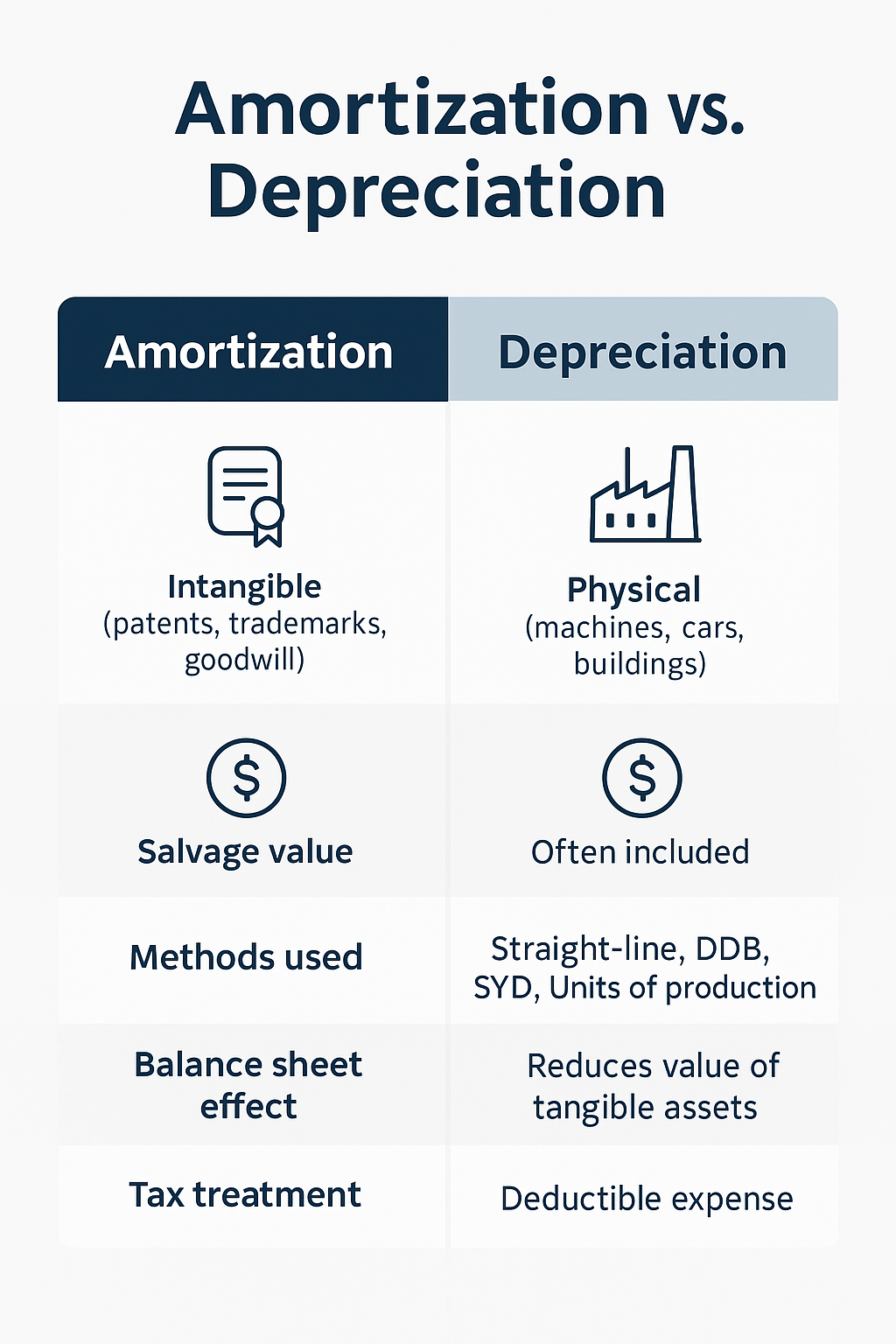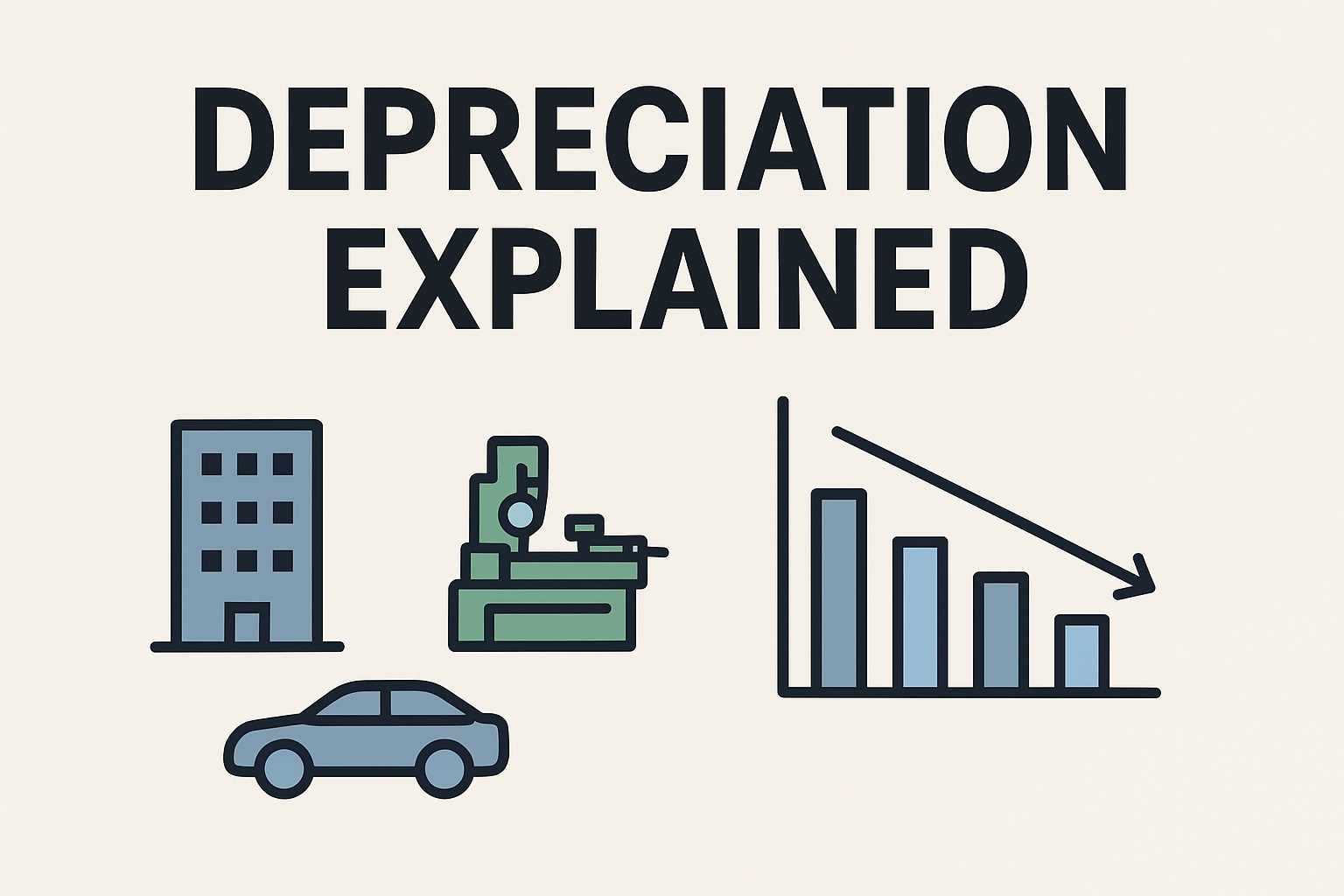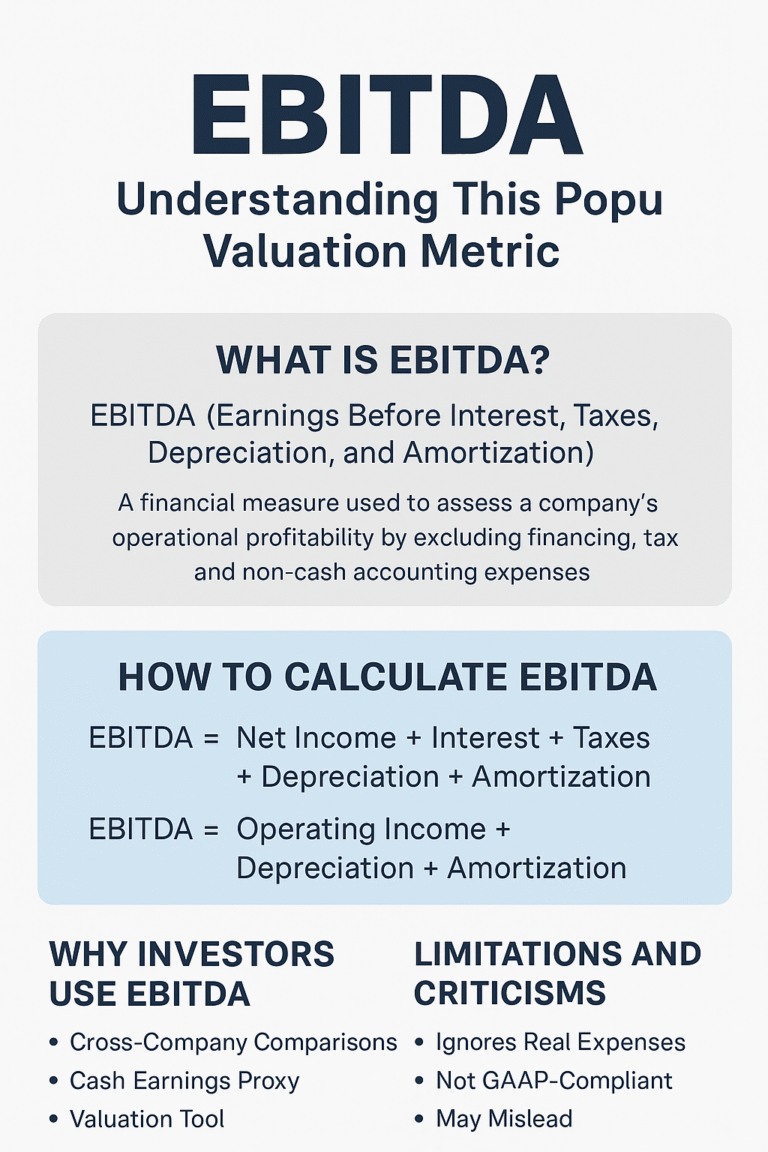Investing can feel overwhelming when you’re just starting. One of the most common questions beginners ask is: “Should I invest in stocks or bonds?” These two asset classes are the foundation of most portfolios, but they serve very different purposes.
In this beginner-friendly guide, we’ll break down everything you need to know about stocks vs bonds, how they work, the risks and returns involved, and how to decide which one is right for your goals.
What Are Stocks?
Definition and How Stocks Work
When you buy a stock, you’re purchasing a share of ownership in a company. This means you become a partial owner, entitled to a piece of the company’s profits and potentially its voting rights. Stocks are traded on public exchanges like the NYSE or Nasdaq.
When a company performs well, its stock price generally increases. You can then sell your shares for a profit. Some companies also pay out a portion of their profits in the form of dividends, giving investors regular income.
Types of Stocks
Here are the main categories of stocks you’ll encounter:
- Common Stocks – Most popular type; voting rights and potential dividends
- Preferred Stocks – Priority on dividends but usually no voting rights
- Growth Stocks – Companies that reinvest profits to grow fast; often no dividends
- Value Stocks – Stocks that appear undervalued compared to fundamentals
- Dividend Stocks – Reliable, income-generating stocks (often large, stable companies)
Pros and Cons of Stocks
Advantages:
- High long-term return potential
- Liquidity – easy to buy/sell
- Dividends for passive income
- Ownership and voting rights
Disadvantages:
- Higher short-term volatility
- Risk of company failure or poor performance
- Requires more research and emotional discipline
What Are Bonds?
Definition and How Bonds Work
A bond is essentially a loan you give to a company or government. In return, they promise to pay you regular interest (called the coupon) and return the principal at a later date (maturity).
For example, when you buy a U.S. Treasury bond, you’re lending money to the U.S. government in exchange for a fixed interest payment over time. Bonds are considered more stable than stocks.
Types of Bonds
- Government Bonds (e.g., U.S. Treasury, UK Gilts, Canadian Government Bonds)
- Municipal Bonds – Issued by cities/states; sometimes tax-free
- Corporate Bonds – Issued by companies; riskier but higher interest
- High-Yield (Junk) Bonds – Higher returns, much higher risk
Pros and Cons of Bonds
Advantages:
- Regular, predictable income
- Lower volatility than stocks
- Useful for capital preservation
- Diversifies your portfolio
Disadvantages:
- Lower long-term returns
- Sensitive to interest rate changes
- Inflation can erode value
- Some bonds carry default risk
Stocks vs Bonds: Key Differences
| Feature | Stocks | Bonds |
|---|---|---|
| Ownership | Yes (shareholder) | No (lender) |
| Returns | Higher potential | More stable but lower |
| Risk | Higher | Lower |
| Income | Dividends (optional) | Fixed interest payments |
| Liquidity | High | Varies by bond type |
| Time Horizon | Long-term growth | Short-to-medium term safety |
When Should You Invest in Stocks?
Stocks are ideal if you:
- Have a long-term investment horizon (5+ years)
- Want higher growth potential
- Can handle market fluctuations
- Are you building wealth for retirement, early financial freedom, or future goals
Example: If you’re 25 and saving for retirement at 65, the stock market offers more time to recover from any downturns, making it a smart choice for aggressive growth.
When Should You Invest in Bonds?
Bonds are better suited for:
- Retirees or near-retirees looking for stability
- Conservative investors
- People who need a predictable income
- Short-term savings goals (3–5 years)
Example: If you’re 60 and want to protect your portfolio before retirement, adding bonds can reduce volatility and ensure steady income.
How to Balance Stocks and Bonds in a Portfolio
There’s no universal “right” ratio, but a common approach is:
The 60/40 Portfolio
- 60% in stocks
- 40% in bonds
This model balances growth and stability and is widely used in retirement planning.
Age-Based Allocation
As a rule of thumb:
Your age = % of bonds in your portfolio.
So, a 30-year-old might have 70% in stocks and 30% in bonds.
| Age Range | Suggested Allocation |
|---|---|
| 20s–30s | 80% stocks / 20% bonds |
| 40s–50s | 60% stocks / 40% bonds |
| 60+ | 40% stocks / 60% bonds |
Historical Returns: Stocks vs Bonds
Let’s take a look at historical average annual returns:
- Stocks (S&P 500 Index): ~7–10% per year after inflation
- Bonds (U.S. Aggregate Bond Index): ~2–5% per year
This shows why stocks outperform bonds over the long term — but with greater ups and downs.
A diversified portfolio of both can help balance the highs and lows while still generating solid returns.
How Stocks and Bonds Work Together
One of the best strategies in investing is diversification — spreading your money across different asset classes.
By combining stocks and bonds:
- You reduce overall risk
- You smooth out returns during market crashes
- You protect your capital while still achieving growth
Use ETFs to Diversify Easily
Exchange-Traded Funds (ETFs) let you buy a basket of stocks or bonds in one trade.
- For stock exposure: [Vanguard Total Stock Market ETF (VTI)]
- For bond exposure: [Vanguard Total Bond Market ETF (BND)]
These low-cost ETFs make it easy to invest in hundreds or thousands of assets at once.
Final Thoughts: Which One Should You Choose?
When it comes to stocks vs bonds, it’s not about choosing one over the other — it’s about using both in the right proportion based on your age, risk tolerance, and goals.
If you’re young and aiming for long-term growth, stocks should dominate your portfolio. If you’re nearing retirement and want stability and income, bonds should play a bigger role.
The smartest investors use a balanced, diversified portfolio to weather any market conditions and build wealth steadily over time.






